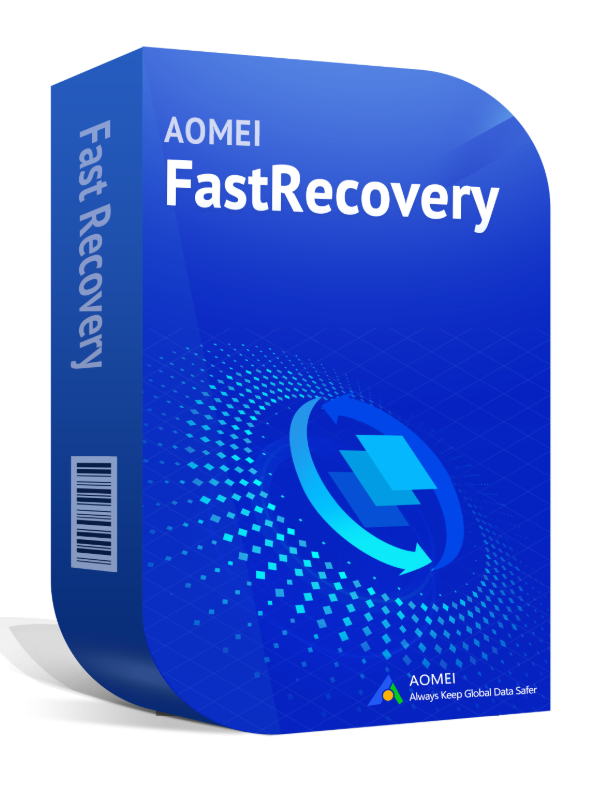How to perform Sandisk USB data recovery? You can find the most suitable method for it in this comprehensive guideline and it is user-friendly for you to operate.

SanDisk, a renowned manufacturer of flash memory products like SD cards and USB drives, is famous all over the world. However, their reliability is not infallible, which is why discussions about SanDisk USB drives or Sandisk memory card recovery frequently occur in online forums.
SanDisk users typically require Sandisk USB data recovery due to accidental deletion, data corruption during transfers, or physical damage to the devices. While readily available SanDisk data recovery software can restore files in cases of accidental deletion or data corruption, physically damaged storage devices require the help of specialized data recovery service centers.
For reliable flash drives, memory cards, and USB data recovery, we recommend the professional software known as AOMEI FastRecovery. Designed for Windows users, AOMEI FastRecovery enables you to recover Sandisk USB drive with just three simple steps.
With its extensive file support, efficient recovery from various data loss situations (such as accidental deletion, corrupted drives, system crashes, and virus attacks), and quick yet thorough scanning capabilities, AOMEI FastRecovery is the ideal solution.
Its user-friendly interface ensures a wonderful recovery experience. Don't wait any longer click the icon below to download this powerful SanDisk data recovery software and recover your lost files from Sandisk USB drive effortlessly.

To recover data from your SanDisk USB drive using AOMEI FastRecovery, follow these simple steps. Begin by connecting your SanDisk SD card to your computer. Insert the USB card reader into one of the available USB ports and then plug your SanDisk USB drive into your computer. Now, let's dive into the detailed instructions for the three-step SanDisk USB recovery, process using AOMEI FastRecovery:
Step 1. Launch AOMEI FastRecovery on your computer and hover the mouse over your SanDisk USB drive. Initiate the scanning process by clicking Scan.
Step 2. While the scan is in progress, you can browse the deleted or lost files filtered from your SanDisk USB drive by clicking on each folder in the Scanned Files list.
Step 3. Select the desired files or folders from the scanned list and click "Recover x Files" (where "x" represents the number of files to be recovered). Finally, choose a destination to save the recovered files, and the USB data recovery process will be completed within seconds.
If you prefer not to rely on third-party software for data recovery from your SanDisk USB drive, you can use the Command Prompt (CMD) to retrieve your deleted or lost files.
Please note that this method requires a hands-on approach and is best suited for advanced Windows users familiar with CMD commands. Here's a step-by-step guide to use CMD to recover files.
Step 1. To restore the SanDisk USB drive, connect it to your computer and open the Search bar next to the Start menu. Type "cmd" , then choose "Run as administrator".
Step 2. In the Command Prompt window, enter the command "ATTRIB -H -R -S /S /D X:." (replace "X" with the letter corresponding to your Sandisk USB drive).
After executing the command, you can check your USB drive to verify the successful recovery of your data.
While SanDisk provides a comprehensive warranty for its products, it's essential to be aware of certain limitations. As stated on SanDisk's website, their warranty does not cover reimbursement for data recovery services, emphasizing the importance of regularly backup your data and pictures.
To prevent damages caused by data loss due to physical damage, you can consider creating regular backups for your SanDisk USB drive.
AOMEI Backupper is a professional backup software that offers a time-saving solution to efficiently manage backed-up data. With its user-friendly interface and comprehensive features, AOMEI Backupper enables users to effortlessly back up any desired data. Its simplicity of operation and versatile functions make it a reliable choice for data backup needs.
Shining points of AOMEI Backupper